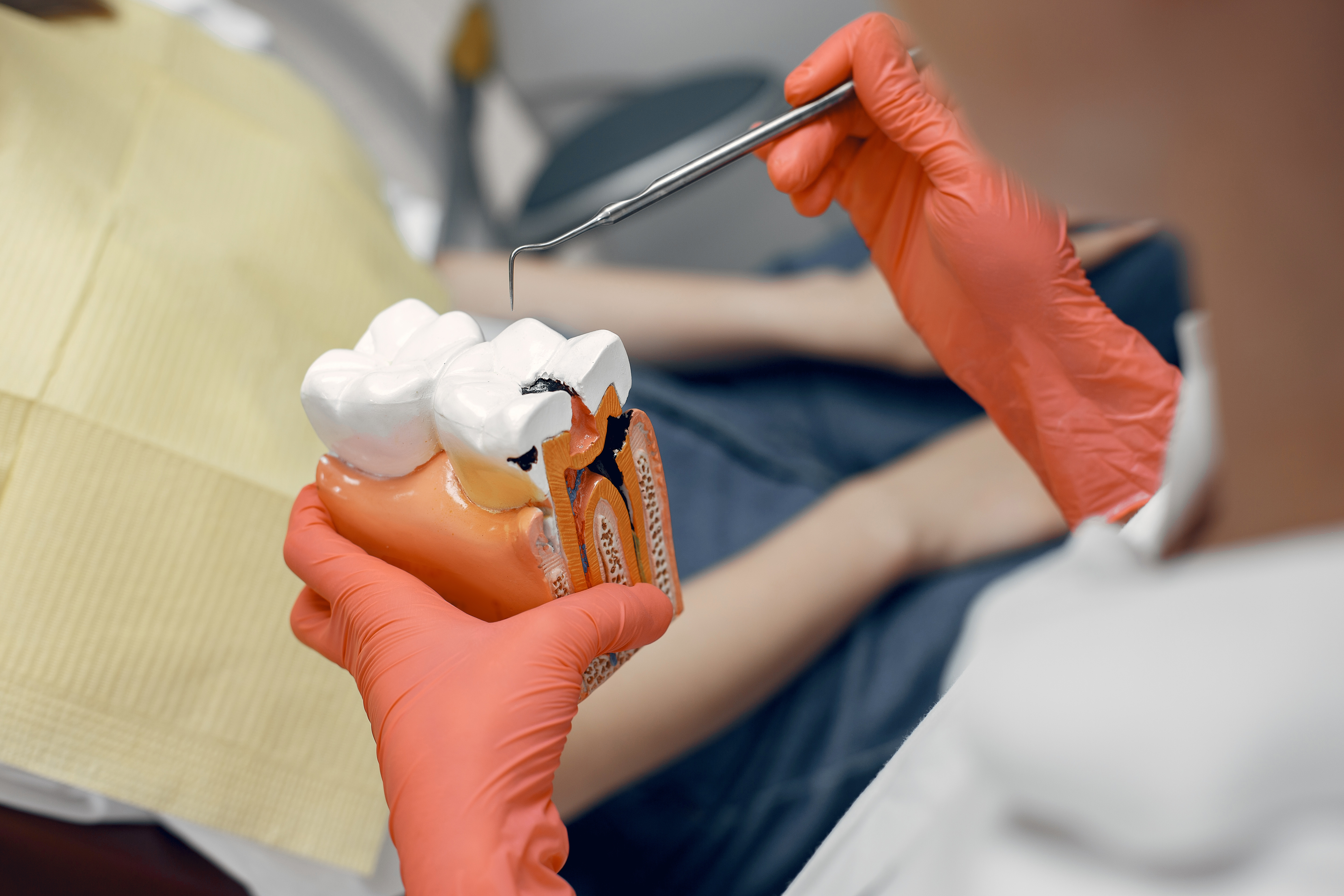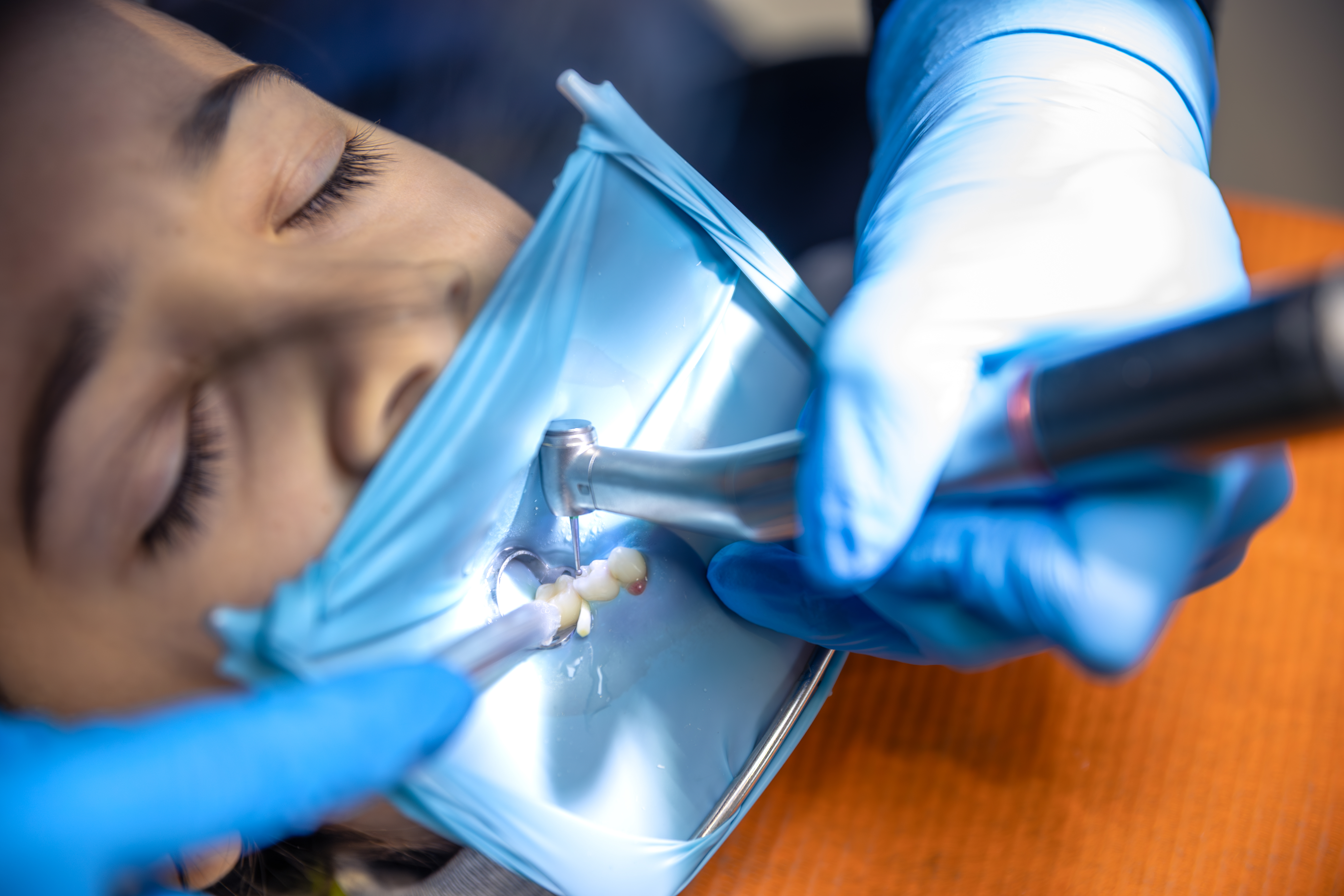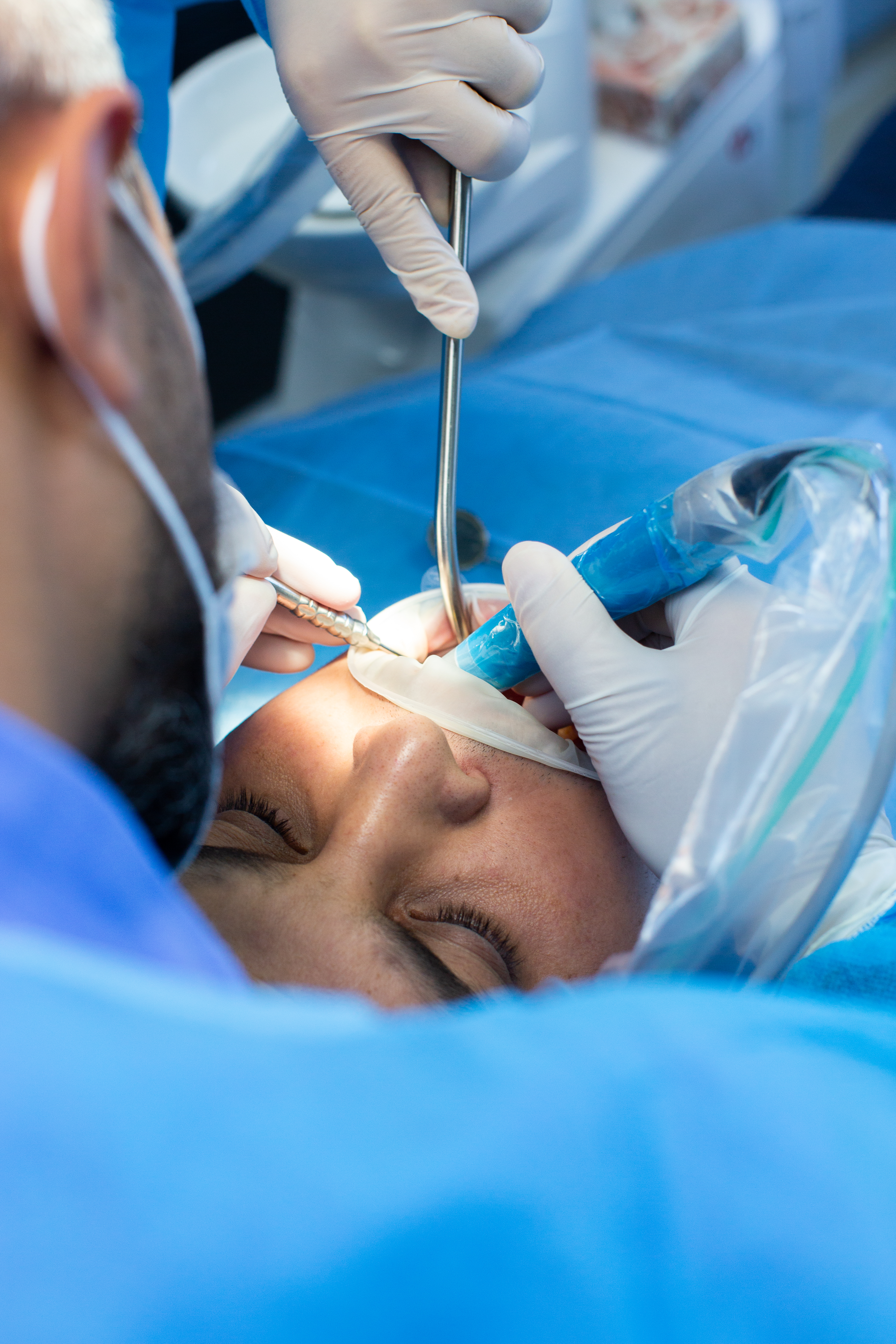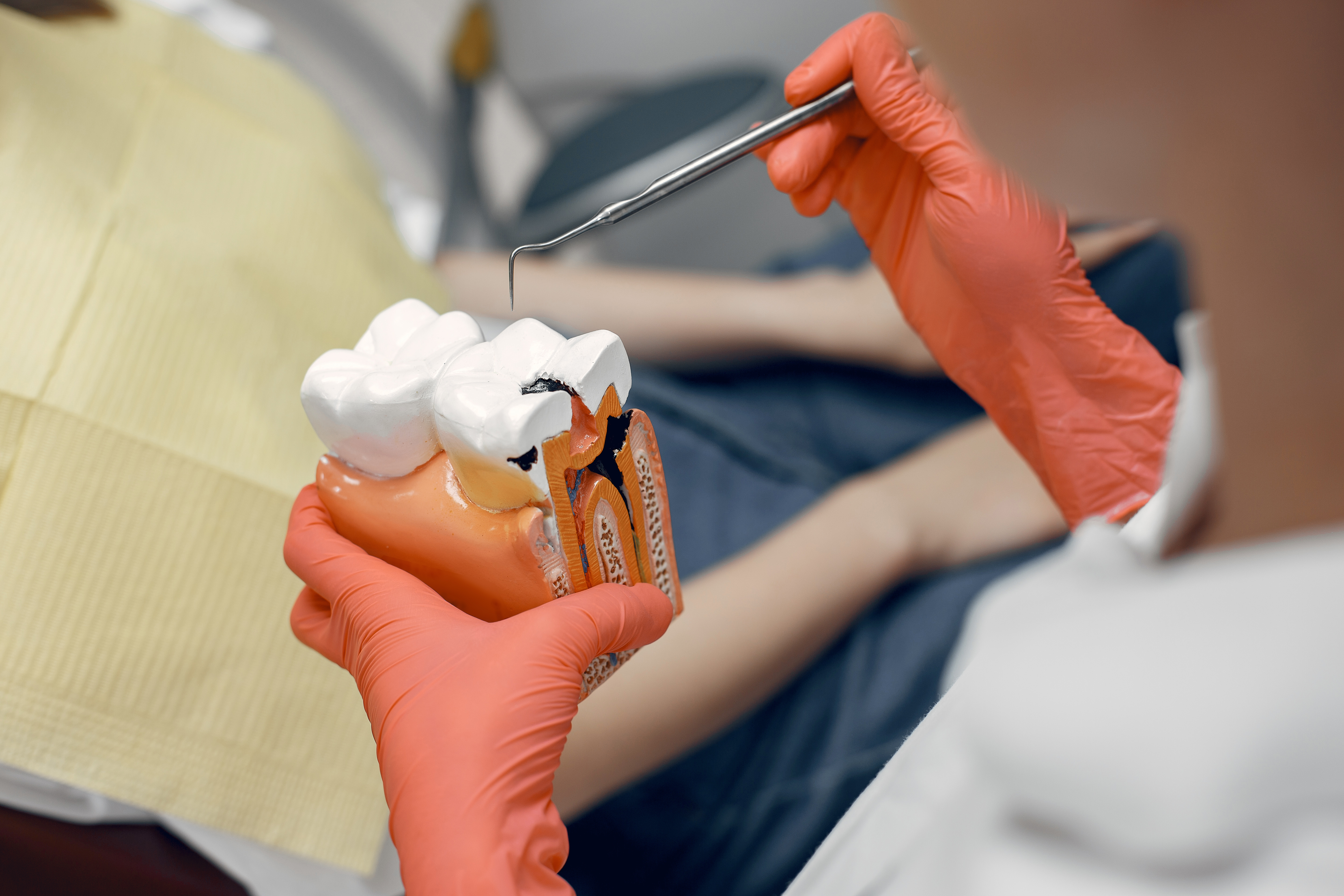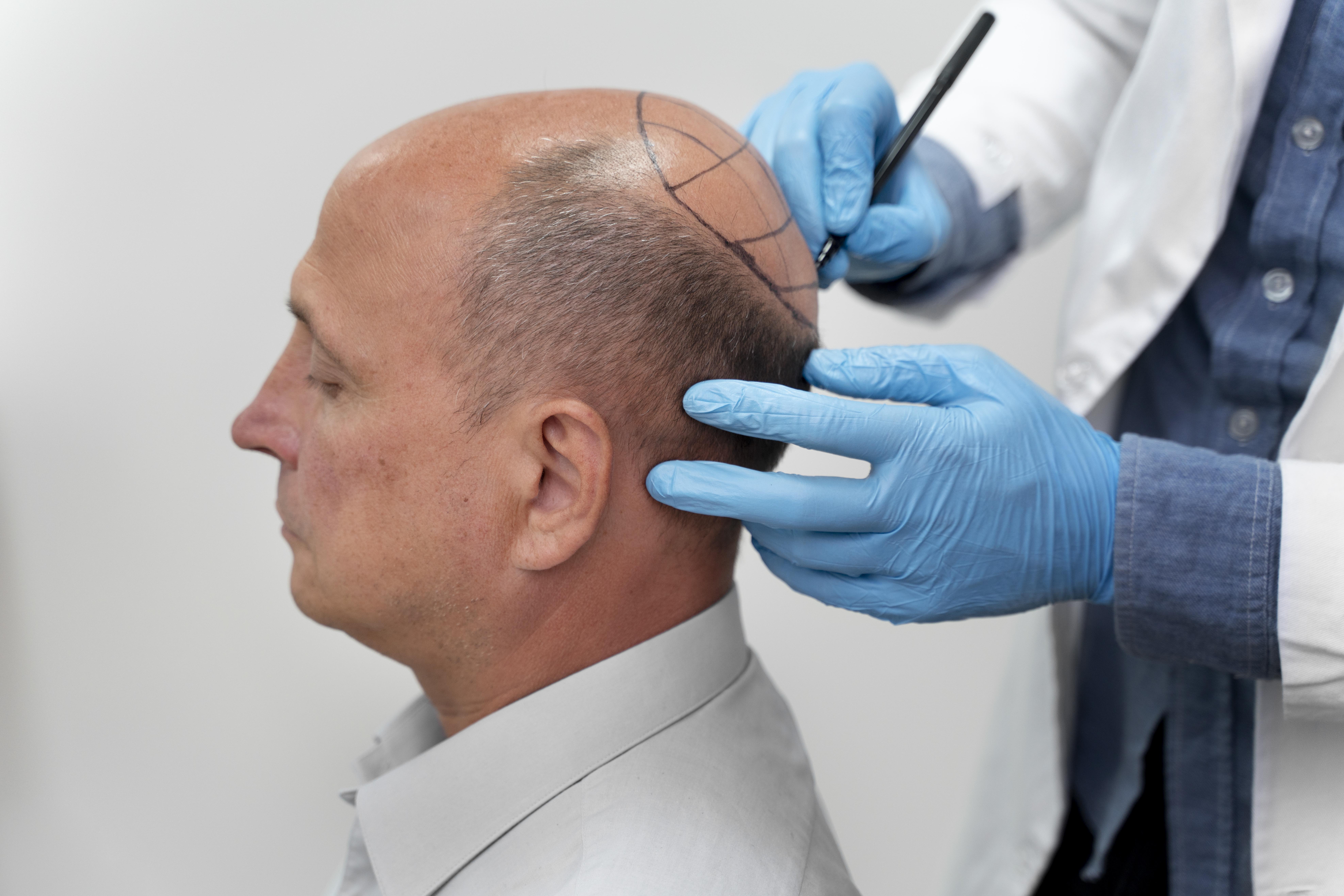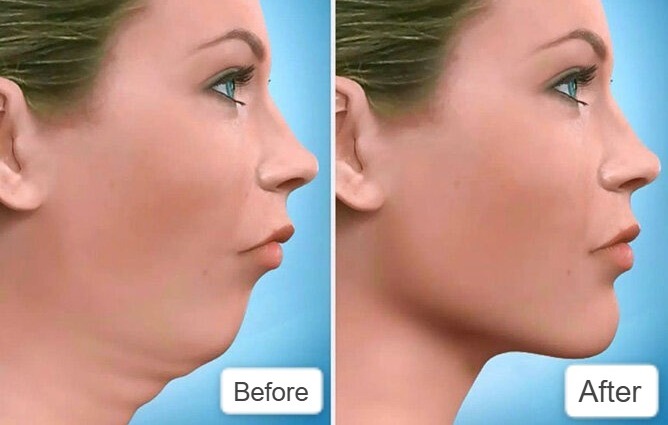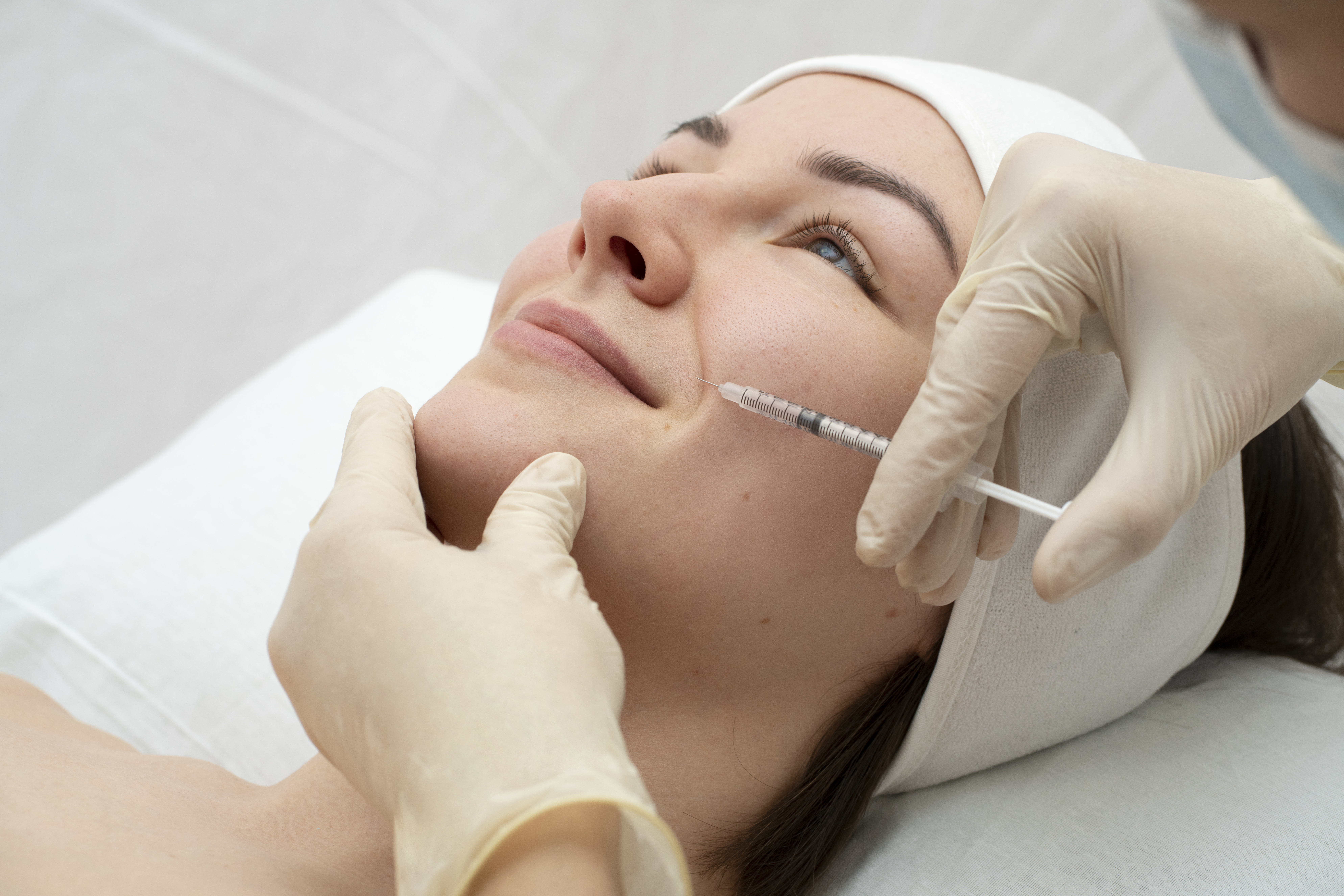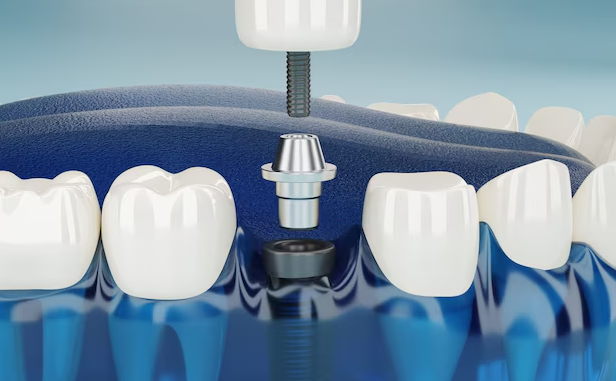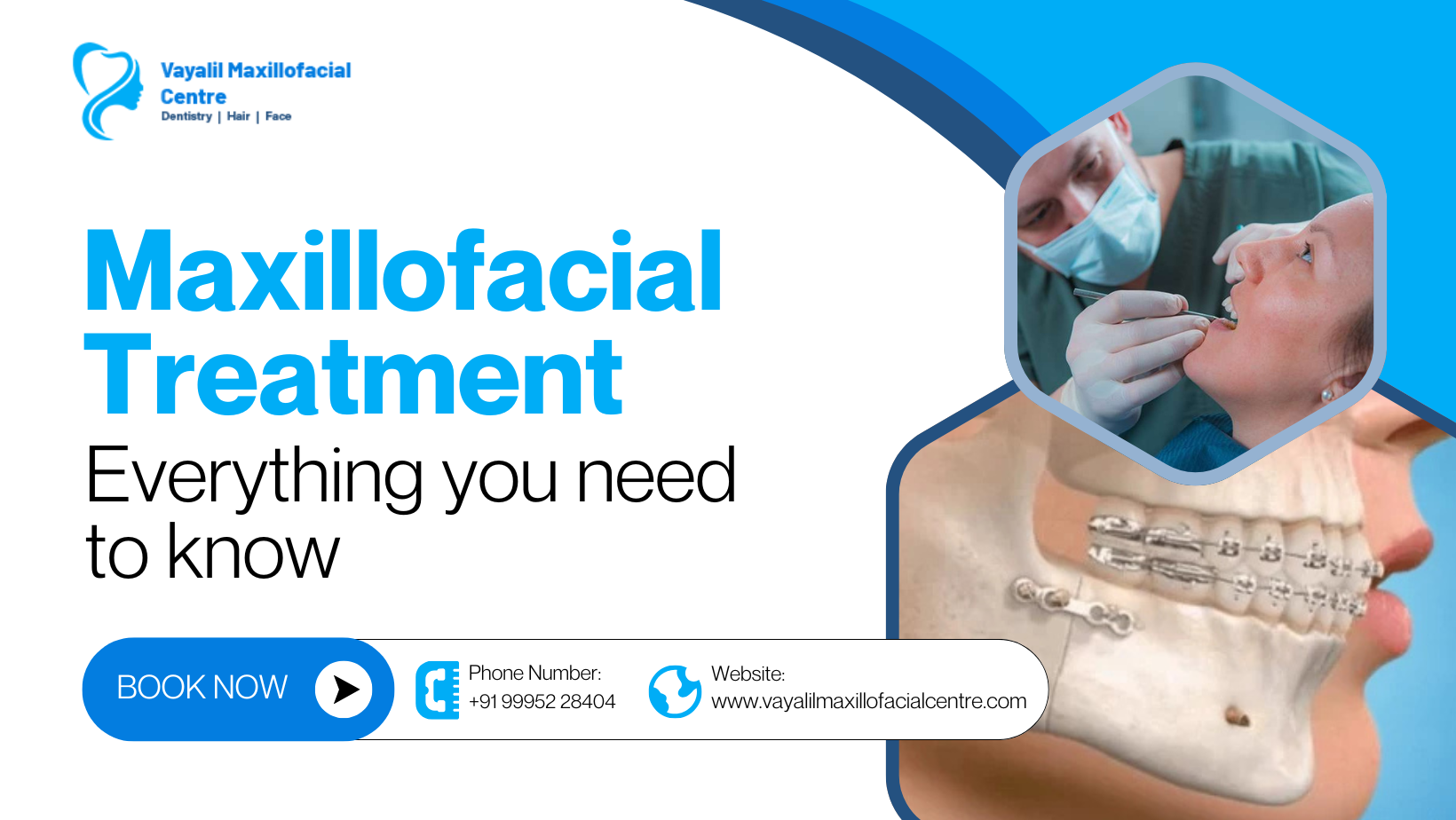Clear aligners have transformed orthodontics, offering a discreet, comfortable, and convenient way to achieve a straighter smile. In contrast to metal braces that are bulky and easy to notice , aligners are clear and removable trays which are designed to gently guide teeth into their desired positions.Popularized by companies like Invisalign, Aligners have swept away the aesthetic and lifestyle restrictions some adults and teenagers face while looking solutions for smile correction. This article will take you through: What dental aligners are, How they work and the advantages of it.
What are Clear Aligners?
As the name suggests, Clear aligners or Dental Aligners are clear, plastic trays, custom-molded to fit precisely over the teeth. Crafted from smooth, medical-grade substances, they exert gentle pressure to gradually move teeth. You wear each for one to two weeks in succession, with each tray molded to progress the straightening. The range of treatments allows dentists to target problems such as crooked teeth, gaps, overbites, underbites, open bites or crowding. The process begins with a consultation, during which a dentist or orthodontist uses digital scans, X-rays or impressions to create a 3D model of your mouth, plotting out exact tooth movements.
Depending on the specific case, patients are provided with 10 to 50 sets of aligners, which need to be worn 20–22 hours a day, only removing them for eating, drinking (except water), and oral hygiene. Such flexibility guarantees little disruption, while productive advances continue.
How Do Aligners Work Compared With Braces?
Traditional braces use metal brackets and wires, needing regular adjustments and a more visible look that can lead to self-consciousness for patients. Aligners, by comparison, are virtually invisible, a boon for those who prioritize aesthetics. Their removability makes eating and brushing easier — less chance of plaque accumulation in between teeth, and less risk of cavities. But it’s a discipline with require, because alignment takes dedication — the wear must be constant, and if not, the same will be delayed.Braces work better for severe misalignment or complex bite problems, while aligners perform better for mild to moderate cases. Innovations such as attachments (tooth-colored dots) and elastics have also increased aligners’ function, making them suitable for additional patients. Which one to choose depends on dental needs and lifestyle and is best assessed by a professional.
Benefits of Clear Aligners
Dental aligners offer a range of advantages that make them highly appealing:
● Appearance: Virtually imperceptible, no one needs to know that you are wearing aligners and adults within a particular profession or your teens at school, do not need to be self-conscious about their smiles.
● Removability: While fixed braces cannot be removed, aligners can , so you can easily take them out when eating or attending a special event, and thus without restricting your diet (no need to avoid popcorn or sticky candies, for example).
● Easier to Keep Clean: You can remove trays to brush and floss, lessening the chance of developing gum disease or cavities than dodging a brace’s brackets and wires.
● Comfort: Aligners are made from smooth plastic and do not irritate cheeks the way braces’ sharp edges do; they cause only slight soreness .
● Speed: Treatment usually takes 6 to 24 months, less than the usual two years or longer for braces, and digital planning can show results ahead of time.
● Fewer Visits: Check-ins occur every six to eight weeks, less frequent than braces’ monthly adjustments, with some providers offering remote monitoring for convenience.
These benefits combine to make aligners a lifestyle-friendly option, aligning with the needs of busy individuals seeking effective smile correction.
Are Aligners Right for You?
Aligners aren’t universal. They require a commitment to regular wear, and not all dental issues can be corrected with aligners alone. Serious misalignments or complex bite issues in adults may require braces or other treatment. For instance, major jaw misalignments or surgical needs may fall outside the aligners’ abilities. Consultation with a dental professional is essential for evaluating if a relevant treatment is the right choice to ensure the procedure fits your objectives and current state of oral health. They are able to assess things such as the positioning of teeth, bite alignment and general oral health to recommend the best solution.
Conclusion
Unlike traditional braces, dentists now use Clear dental aligners to create new smiles with aesthetics, comfort, and convenience. They are a unique alternative to braces because of their discreet design, ease of use and more effective treatment timelines. Midlife adult or teen who’s tired of self-consciousness and ready for subtle open-door smiles: you’re all set to spend six or more months of your life wearing transparent aligners over your teeth. They help patients create their ideal smile without sacrificing lifestyle or aesthetics.
Ready to transform your smile with aligners? Contact Vayalil Maxillofacial Centre - the best dental care in Trivandrum and start your journey today!


